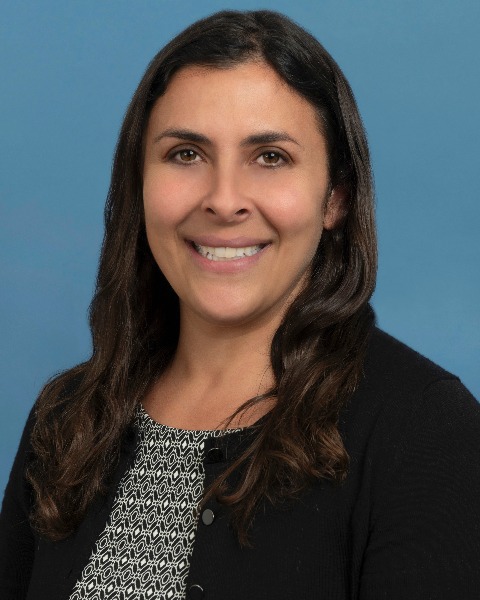Symposia
Workforce Development / Training / Supervision
4 - (SYM 107) Evaluating Training Needs in Clinical Psychology Doctoral Programs
- JY
Julia Yarrington, M.A. (she/her/hers)
PhD candidate
University of California Los Angeles
Los Angeles, California - CM
Catherine Montgomery, M.S. (she/her/hers)
Doctoral Student
Syracuse University
Syracuse, New York - KJ
Keanan J. Joyner, Ph.D. (he/him/his)
Assistant Professor
University of California, Berkeley
Berkeley, California - MO
Mary-Frances O'Connor, PhD (she/her/hers)
Associate Professor
University of Arizona
Tucson, Arizona 
Kate Wolitzky-Taylor, Ph.D.
Associate Professor
UCLA School of Medicine
Los Angeles, California
Speaker(s)
Co-author(s)
Introduction: Clinical psychology is an increasingly interdisciplinary field. Despite the breadth of subfields within clinical psychology, and related diversified training needs in clinical science training programs, training models have largely remained consistent since their founding in the mid-1900s. In order to best prepare the next generation of clinical psychologists to maximally impact the field, advances in clinical science must be accompanied by advances in training. Changes to training programs that allow for more targeted training may also present an opportunity to diversify the field by supporting trainees with specialized training needs or goals. However, at present, little is known about perceptions of training experiences among current and former clinical science doctoral students. This study sought to fill this gap in the literature by conducting a needs assessment, which probed training content, quality, and needs during clinical science doctoral programs among current or past doctoral students.
Method: Current or past clinical science doctoral students (N = 343) completed an anonymous survey assessing training experiences and needs. A descriptive-focused exploratory factor analysis (EFA) also examined whether common subgroups of academic interests emerged.
Results: Most participants reported that they sought training beyond required coursework during graduate school, primarily in clinical training, cultural competency, and professional development, and reported having taken unhelpful courses, especially breadth requirements. Descriptive results from the EFA demonstrated common training areas of interest: diversity topics, biological sciences, clinical practice, and research methods.
Discussion: This study demonstrates that trainees and early career scientists are aware of their nuanced and in some cases, unmet training needs. Results foreground the need to adapt extant training opportunities to support the next generation of clinical scientists given that a “one-size-fits-all” approach has contributed to gaps in clinical science training. Allowing for individualization within training programs may also function to support diverse trainees who may not have had the resources or ability to pursue specific training goals (e.g., advanced statistical training, neuroimaging training) prior to graduate programs.

